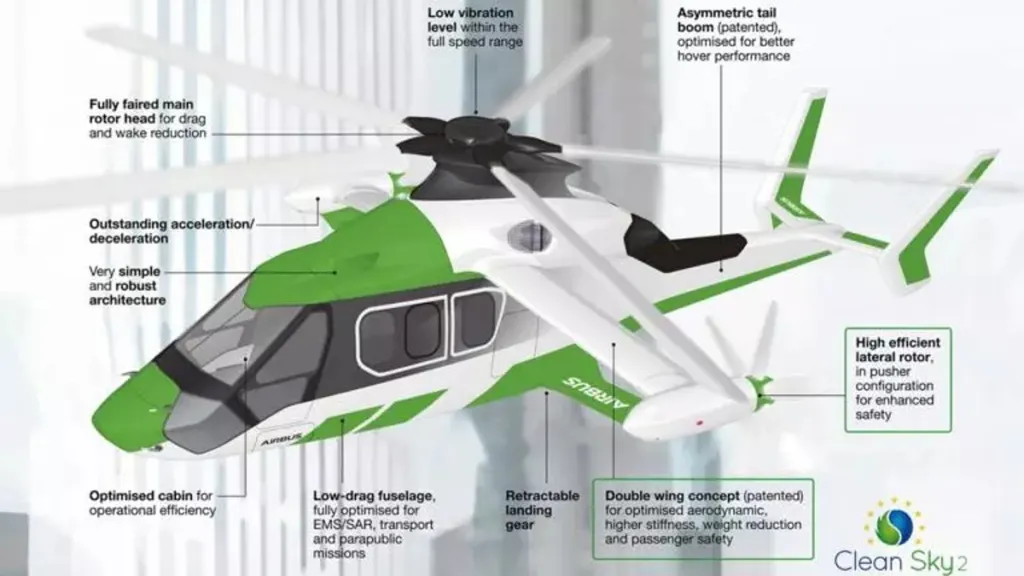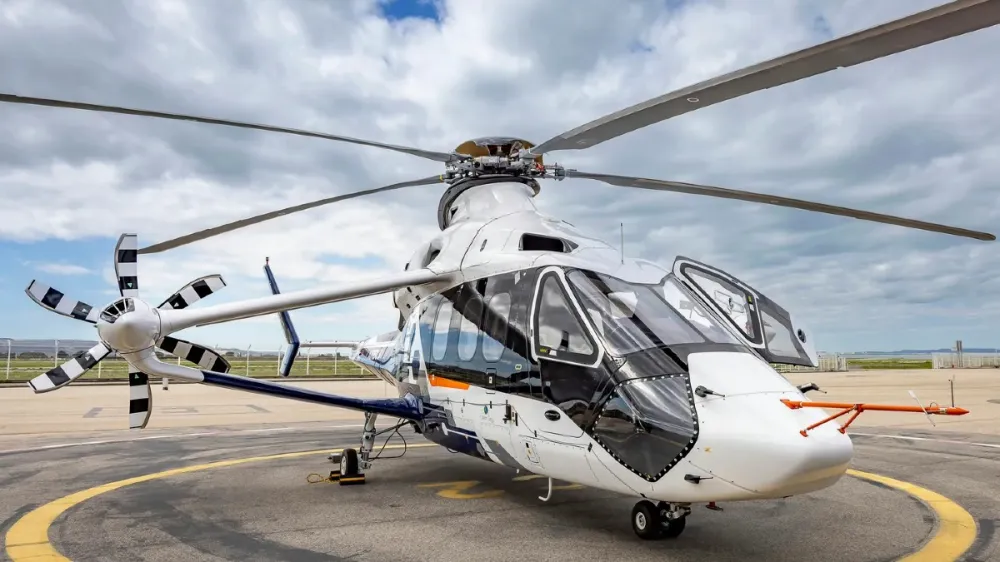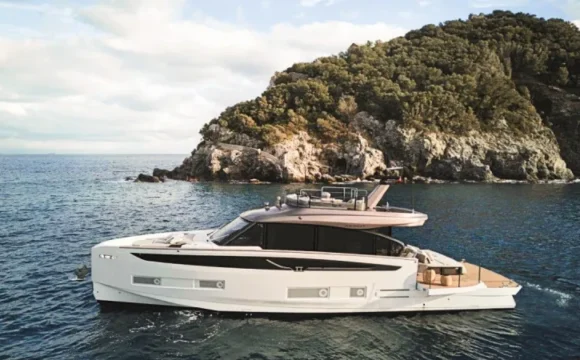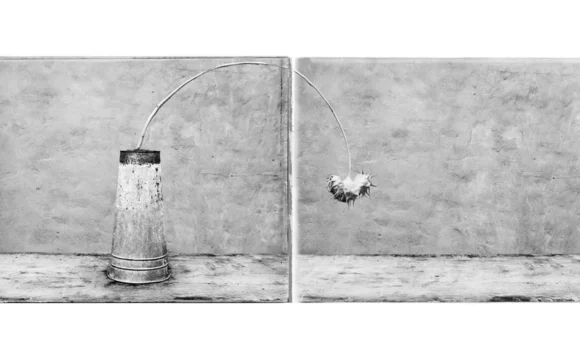ใครว่าความยั่งยืนกับความเร็วไปด้วยกันไม่ได้?
Racer คือยุคใหม่ของเฮลิคอปเตอร์ความเร็วสูง หรือเรียกได้ว่าเป็นการผสมผสานรูปแบบของอากาศยานยุคใหม่ ซึ่งเดิมทีมีการเปิดตัวโดย Airbus ในปี 2017 โดยล่าสุด อากาศยานต้นแบบลำนี้ได้ทำการบินทดสอบครั้งแรก และประสบความสำเร็จตามเป้าหมายด้านประสิทธิภาพและความยั่งยืนที่บริษัทการบินอวกาศยักษ์ใหญ่นี้ตั้งเอาไว้ นอกจากนี้ยังได้มีการจัดแสดงต่อสาธารณะเป็นครั้งแรกที่เมืองมาร์เซย์ ประเทศฝรั่งเศส
“เป้าหมายของ Racer ไม่ใช่การทำความเร็วสูงสุดเท่าที่จะทำได้" Julien Guitton หัวหน้าโครงการ กล่าว “เราต้องการนำเสนอสมรรถนะการใช้งานที่เหนือกว่า ในราคาที่เหมาะสมสำหรับภารกิจที่ความเร็วเป็นสิ่งสำคัญ" แม้ว่าความเร็วจะเป็นคุณสมบัติที่สำคัญ แต่ก็ไม่ใช่สิ่งสำคัญที่สุด ลูกค้าต่างมองหาความสมดุลระหว่างความเร็วและความคุ้มทุน
Racer ถูกเปิดตัวในฐานะส่วนหนึ่งของโครงการ Clean Sky 2 ของยุโรป ซึ่งมีบริษัทพันธมิตร 40 แห่งจาก 13 ประเทศในยุโรปเข้าร่วม โดยโครงการนี้มุ่งเน้นการลดการใช้เชื้อเพลิงและลดการปล่อยก๊าซคาร์บอนไดออกไซด์ลง 20% เมื่อเทียบกับเฮลิคอปเตอร์ทั่วไปที่มีน้ำหนักเท่ากัน พร้อมกับลดเสียงรบกวนและแรงสั่นสะเทือนอย่างมีนัยสำคัญ
การออกแบบมีลักษณะเป็นแบบ “ผสม" โดยรวมเอาใบพัดเฮลิคอปเตอร์ ปีกนิ่ง ตัวเครื่องที่เพรียว aerodynamic และใบพัดด้านท้ายเข้าไว้ด้วยกัน Racer ยังมีระบบขับเคลื่อนแบบไฮบริด ระบบจัดการเครื่องยนต์แบบกำหนดเอง และระบบ autopilot ระบบจัดการเครื่องยนต์ช่วยเพิ่มประสิทธิภาพการขับเคลื่อนสำหรับทั้งความเร็วและความประหยัดน้ำมัน ในขณะที่ระบบ autopilot ช่วยประสานการทำงานของคุณสมบัติต่างๆ ของอากาศยานเพื่อประสิทธิภาพการบินที่ดีที่สุด ในการทดสอบการบินครั้งแรกเมื่อเดือนเมษายน ต้นแบบดังกล่าวสามารถตอบสนองเป้าหมายการออกแบบได้สำเร็จ
Airbus รายงานว่า Racer ประหยัดน้ำมันได้ 20% ต่อหนึ่งหน่วยนิวติคัลไมล์ เมื่อเทียบกับเฮลิคอปเตอร์ทั่วไปที่ความเร็ว 180 นอต (207.14 ไมล์ต่อชั่วโมง) ในขณะที่เฮลิคอปเตอร์ทั่วไปทำความเร็วได้ 130 นอต (149.6 ไมล์ต่อชั่วโมง) ระบบไฮบริด-ไฟฟ้า Safran Eco-Mode ช่วยให้เครื่องยนต์ Aneto-1X สองเครื่อง เครื่องหนึ่งหยุดทำงานขณะอยู่ในโหมดเดินทาง โดยสามารถสตาร์ทเครื่องสำรองได้ทันทีหากจำเป็น ระบบนี้ช่วยประหยัดน้ำมันได้สูงสุด 20%
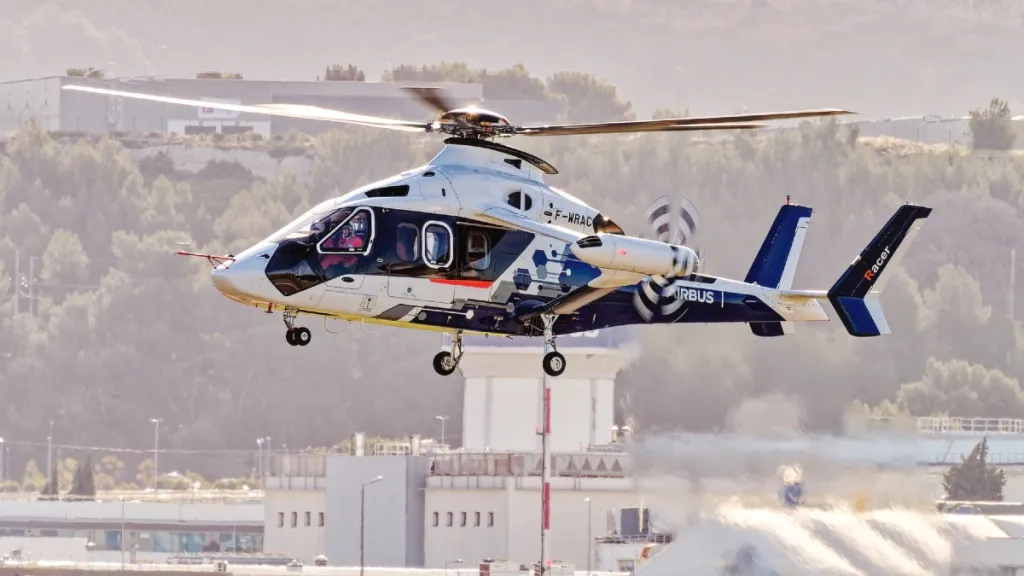
Racer มีความเร็วสูงสุดที่ 248.5 ไมล์ต่อชั่วโมง ซึ่งช้ากว่า Eurocopter X3 ที่มีความเร็วสูงสุด 293 ไมล์ต่อชั่วโมง แต่ความประหยัดน้ำมันของ Racer ช่วยทดแทนความเร็วที่ต่ำกว่าได้ นอกจากนี้ ยังคงเร็วกว่าเฮลิคอปเตอร์สำหรับผู้บริหารรุ่นท็อปของ Airbus อย่าง ACH160 อยู่ประมาณ 100 ไมล์ต่อชั่วโมง
ปีกของ Racer ได้รับการออกแบบให้เหมาะสมสำหรับทุกเฟสการบิน โดยมี flap ที่ท้ายปีกเพื่อลดแรงสั่นสะเทือนและปรับปรุงความสะดวกสบาย การออกแบบนี้ ควบคู่กับระบบไฮบริดและระบบอากาศพลศาสตร์ขั้นสูง ทำให้ Racer เป็นก้าวล้ำสำคัญในด้านการเดินทางด้วยเฮลิคอปเตอร์ความเร็วสูงแบบยั่งยืน
จากบทความโดย Daniel Cote
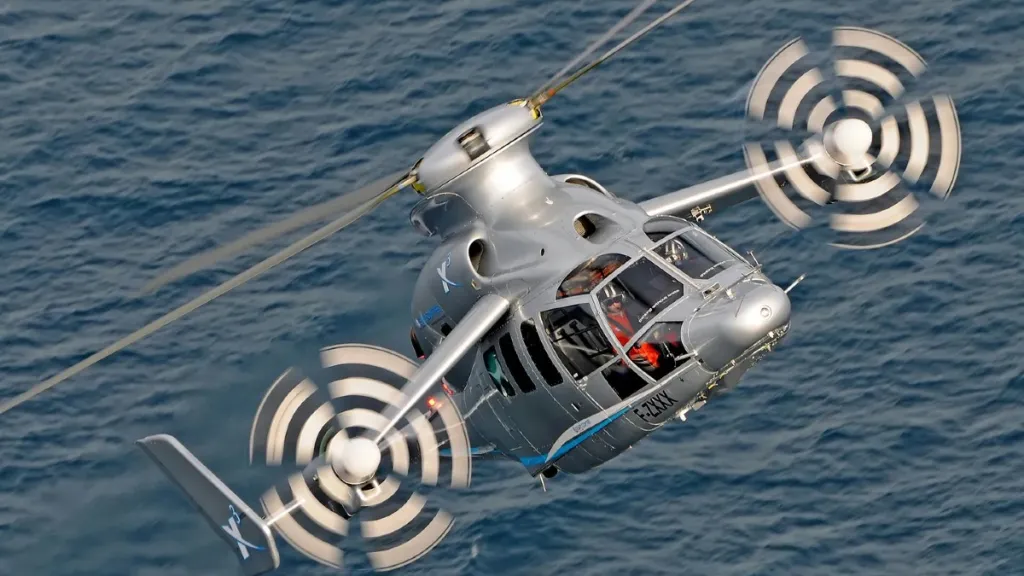
Who said sustainability and speed can’t go together?
The Racer just launched a new era for high-speed helicopters—or, more accurately, a new version of mixed-design aircraft. First announced in 2017, Airbus’s experimental aircraft made its first flight recently, meeting the aerospace giant’s performance and sustainability targets. It also made its first public display in Marseille, France.
“The aim of the Racer is not to go as fast as possible," said Julien Guitton, head of the program. “We wanted to offer enhanced operational capabilities at the right price for missions where speed can really be an asset." Speed is important, but not the most important feature, as clients seek a balance between speed and cost-efficiency.
The Racer was launched as part of Europe’s Clean Sky 2 program, involving 40 partner companies from 13 European countries. The project aimed for a 20 percent reduction in fuel consumption and CO2 emissions compared to a conventional helicopter of the same weight, along with significant noise and vibration reductions.
The design features a “compound" configuration, combining a helicopter rotor, fixed wings, an aerodynamic fuselage, and rear-facing propellers. The Racer also has hybrid propulsion, a custom engine management system, and autopilot. The engine management system optimizes propulsion for both speed and fuel efficiency, while the autopilot coordinates the aircraft’s features for optimal flight performance. In April, the first flight tests confirmed that the prototype met its design goals.
Airbus reported that the Racer achieved a 20 percent reduction in fuel burn per nautical mile at 180 knots (207.14 mph) compared to a conventional helicopter at 130 knots (149.6 mph). The Safran Eco-Mode hybrid-electric system allows one of the two Aneto-1X engines to go on hold during cruise mode, providing immediate restart capability if necessary. This system provides fuel savings of up to 20 percent.
The Racer has a potential top speed of 248.5 mph, slower than the 293-mph top speed of the Eurocopter X3, but its fuel efficiency compensates for the lower speed. It is still about 100 mph faster than Airbus’s top executive helicopter, the ACH160.
The Racer’s wings are optimized for all flight phases, with flaps on the trailing edge to reduce vibration and improve comfort. This design, along with the hybrid system and advanced aerodynamics, makes the Racer a pioneering step in sustainable high-speed helicopter travel.
From the article by Daniel Cote
